
views
X
Trustworthy Source
American Heart Association
Leading nonprofit that funds medical research and public education
Go to source
It may sound difficult, but checking your pulse is easy and doesn’t require any special equipment. You can check your pulse by hand or by using an electronic pulse meter or heart rate monitor.
Taking Your Pulse by Hand

Find a timepiece to measure while you count your heartbeats. Gather a watch or find a nearby clock. You’ll need to watch the time as you count your heartbeats. Have a digital or analog watch that has a second hand handy or find a nearby clock so that you can see the time to get the correct pulse rate. You can also use a stopwatch or the timer on your phone. Panic attacks can cause increases or decreases in your pulse. "I recently weaned off 20 years of medication for chronic anxiety. Learning how and when to check my pulse and what rate is normal was very helpful." - Michael D. Learning to make safe lifestyle changes is essential. "I am post triple bypass and in terrible shape. In order to get to a healthy state of being, I am about to start an exercise program. I wanted to learn how to take my pulse so I can be safe while I exercise, and this article taught me how." - Kate B. Did you know that wikiHow has collected over 365,000 reader stories since it started in 2005? We’d love to hear from you! Share your story here.
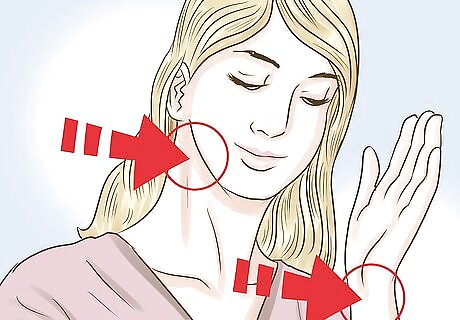
Decide where you want to take your pulse. Choose to check your pulse either on your neck or your wrist. Do whichever feels most comfortable for you or where you can easily find your pulse. You can also take your pulse on the following spots, though it may be more difficult to detect your heartbeat on them: Temple Groin Behind the knee Top of the foot

Place your fingers in the proper position to feel your pulse. Press firmly but not so hard that you can no longer feel the pulse. Put your index and third finger on either side of your neck to the side of your windpipe to find the carotid artery. If you’re measuring on your wrist, set two fingers between the bone and tendon over your radial artery. Be careful not to press to hard over the carotid artery, as this can cause you to become lightheaded. Find your radial artery by drawing a line with your finger from below your thumb to your wrist. Then feel for the spot between the wrist bone and tendon for a slight pumping motion. Place the flat part of your finger on your wrist or neck to get the most accurate reading. Avoid using your fingertips or your thumb.

Watch your timepiece. Decide if you are going to take your pulse for 10, 15, 30, or 60 seconds. Take out your timepiece so you can do this while you’re counting how many times your heartbeats.

Count your heartbeats. When the clock reaches zero, start counting how many times you feel a pulse or beat on your neck or wrist. Keep counting until your timepiece reaches the number of seconds you chose to tally your heartbeats. Let yourself rest for five minutes before taking your pulse to get the most accurate resting heart rate reading. You can also take your pulse while you’re exercising to measure how hard you are exercising.
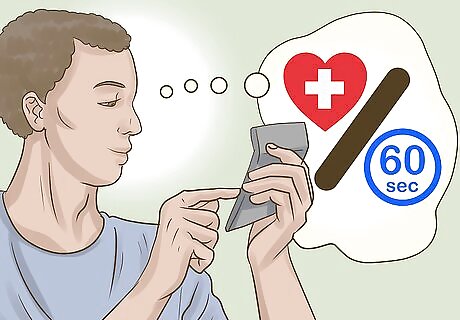
Calculate your pulse. Note or remember how many heartbeats you counted. Your pulse rate is measured in beats per minute. For example, if you counted 41 for 30 seconds, double it to get 82 beats per minute. If you counted for 10 seconds, multiply the beats counted by 6, and if you counted for 15 seconds, multiply by 4.
Using a Monitor to Measure Your Pulse
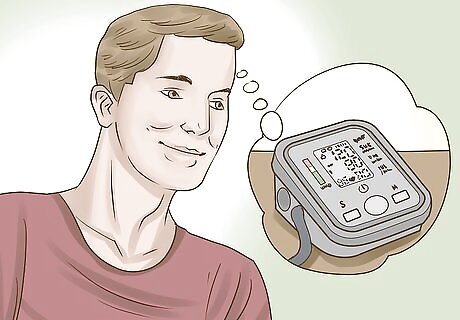
Get an electronic pulse meter. Use an electronic pulse meter if you have trouble measuring your pulse by hand, you want to check during exercise without stopping, or if you want a very accurate reading. Purchase or rent one at a local medical supply store or another large retailer. Use a smart watch or download a smartphone app to measure your pulse if you have them. Some features to look for include: Having a cuff or strap that fits you Having a display that is easy to read Fitting your needs and budget Note that using an app for pulse measurements is not always accurate.

Attach the monitor to yourself. Read your product instructions. Then place the monitor on the proper spot to check your pulse. Most monitors are attached at the chest, finger or wrist.
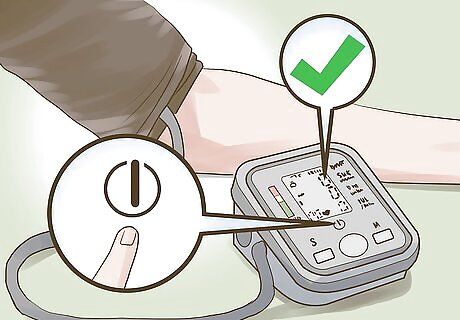
Turn on the monitor power and start it. When you’re ready to check your pulse, activate your monitor. Make sure the numbers read “OO” to start so that you get an accurate reading.
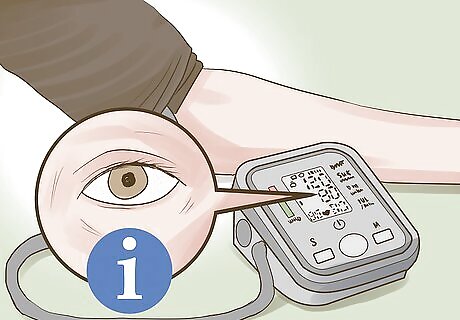
Read your results. Your monitor will automatically stop and display the number when it’s doing with your reading. Check the display and note what you pulse rate is for this specific reading. Save any data or measurements from your reading to track your pulse rate over time.


















Comments
0 comment